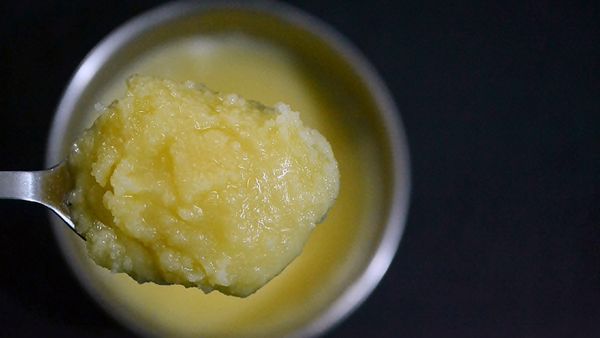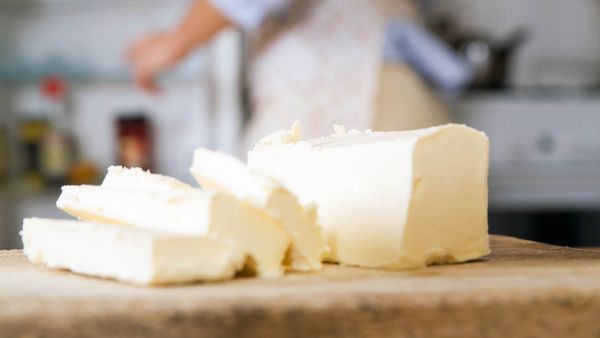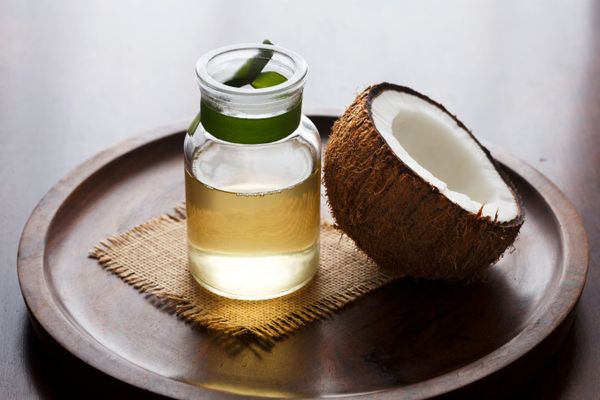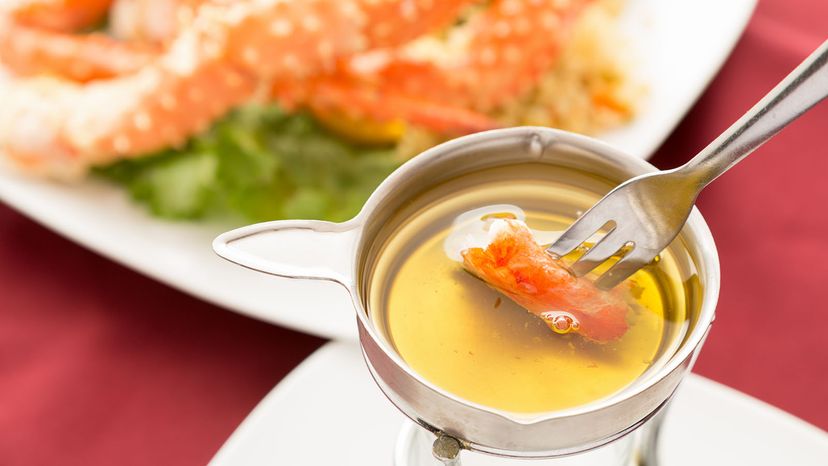
Have you ever been reviewing a recipe for dinner and come across the ingredient ghee and wondered if you can use clarified butter instead? Are these two fats the same? Not quite. The difference is in the details.
First, clarified butter is essentially butter that's cooked down so the water and milk solids are separated from the butterfat. If you've ever had lobster or crab legs, the little ramekin served with them is usually clarified butter. To make it, you simply cook regular butter over low heat until the fat separates and strain it through a cheesecloth — the result is pure, translucent butterfat.
Advertisement
For those that are lactose intolerant, regular butter is already low on lactose. With clarified butter, there are even fewer traces of lactose, making it a great choice for cooking.
Ghee is a type of clarified butter often found in Indian and Southeastern cooking as the main source of fat. Aside from cooking, ghee is a vital part of Indian medicinal rituals as it may help alleviate inflammation and stomach issues.
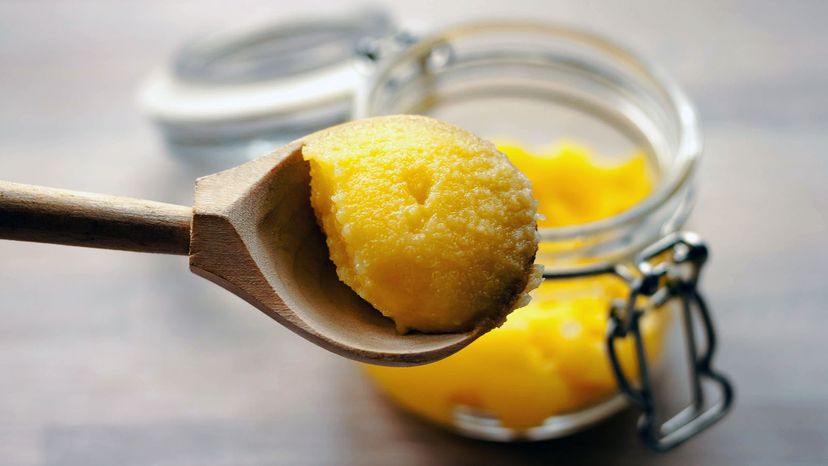
Making ghee is similar to making clarifying butter, with a few differences. Ghee is made with buffalo or cow's milk, and is cooked longer than clarified butter to remove all of the moisture and to allow the milk solids to brown — or caramelize — for a deeper flavor. The caramelization is what gives ghee its unique nutty flavor. It also makes ghee paleo-friendly and almost lactose-free.
Because you've removed the water and milk solids, both ghee and clarified butter have long shelf lives and can be kept at room temperature — similar to coconut oil — for about six months. They will remain semi-solid when stored this way. They will last for about a year when refrigerated.
Both ghee and clarified butter have higher smoke points than regular butter, which means you can cook and fry with either. Butter is best suited for baking and low-heat cooking. Ghee has about the same amount of calories and fat as clarified butter, but it's high in omega-3s.
Ghee isn't the only type of clarified butter. Other types include Ethiopian spiced Niter kibbeh, which is clarified butter with spices, and fermented Smen used in North African cooking.
Advertisement
